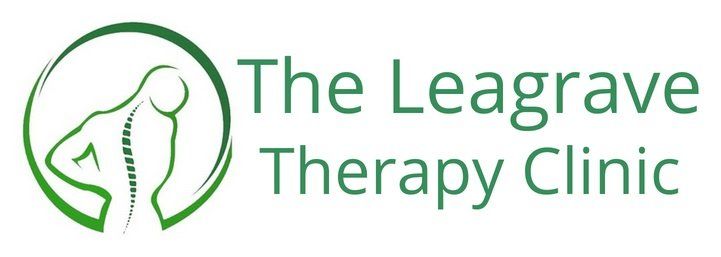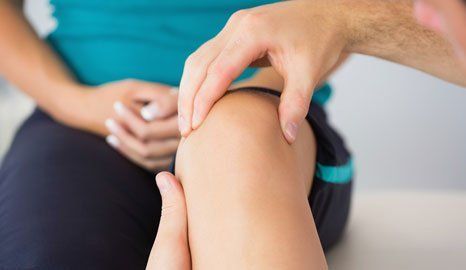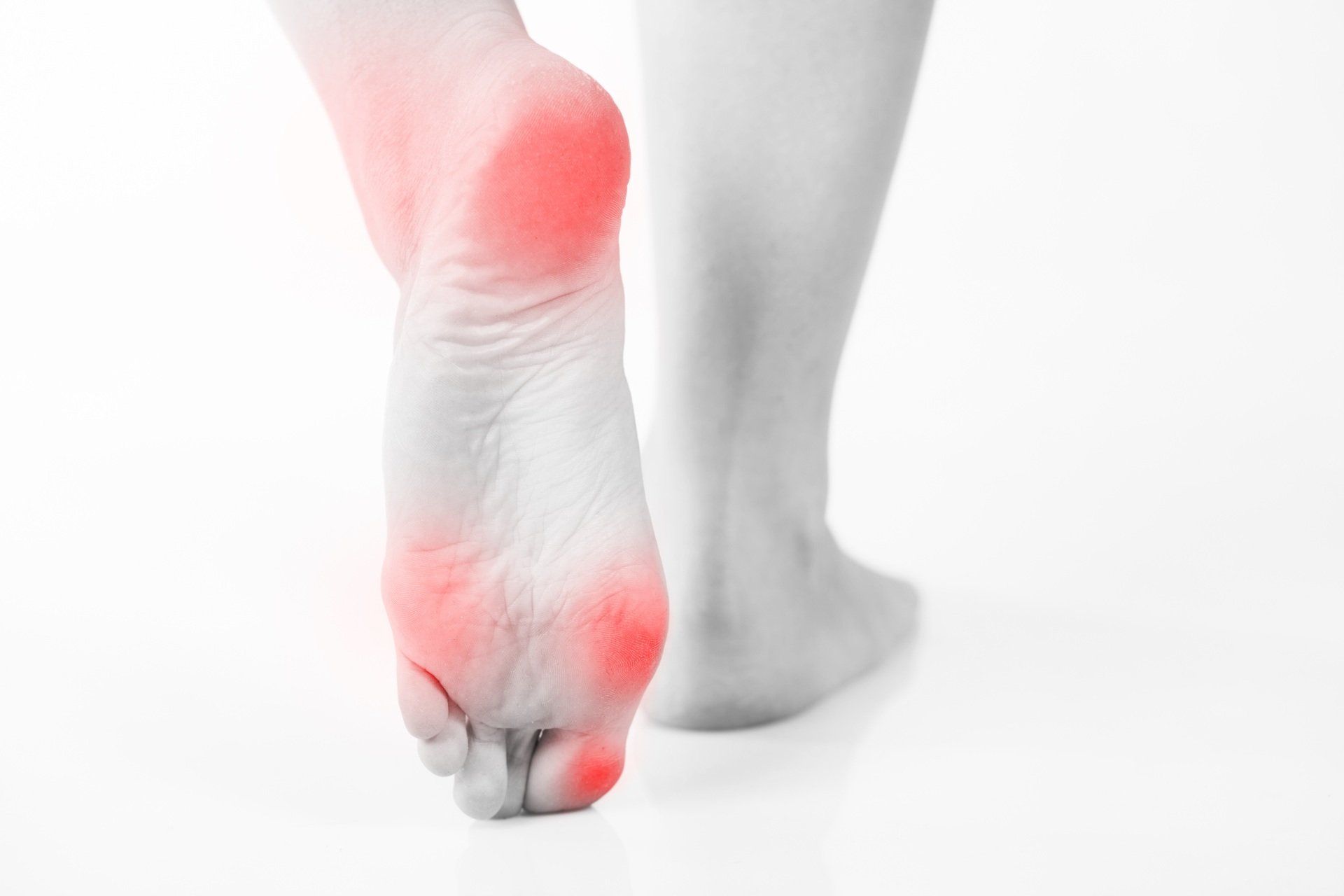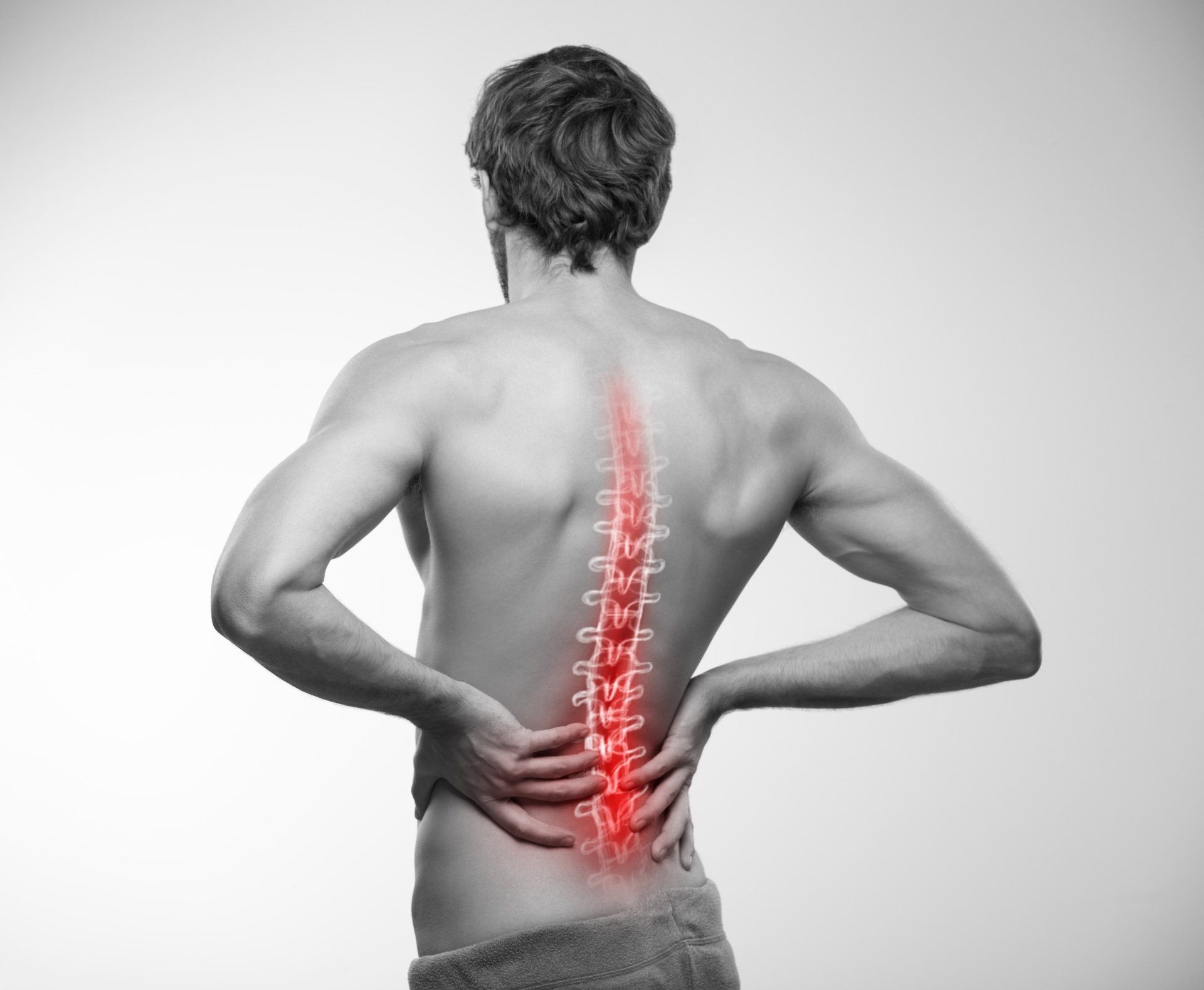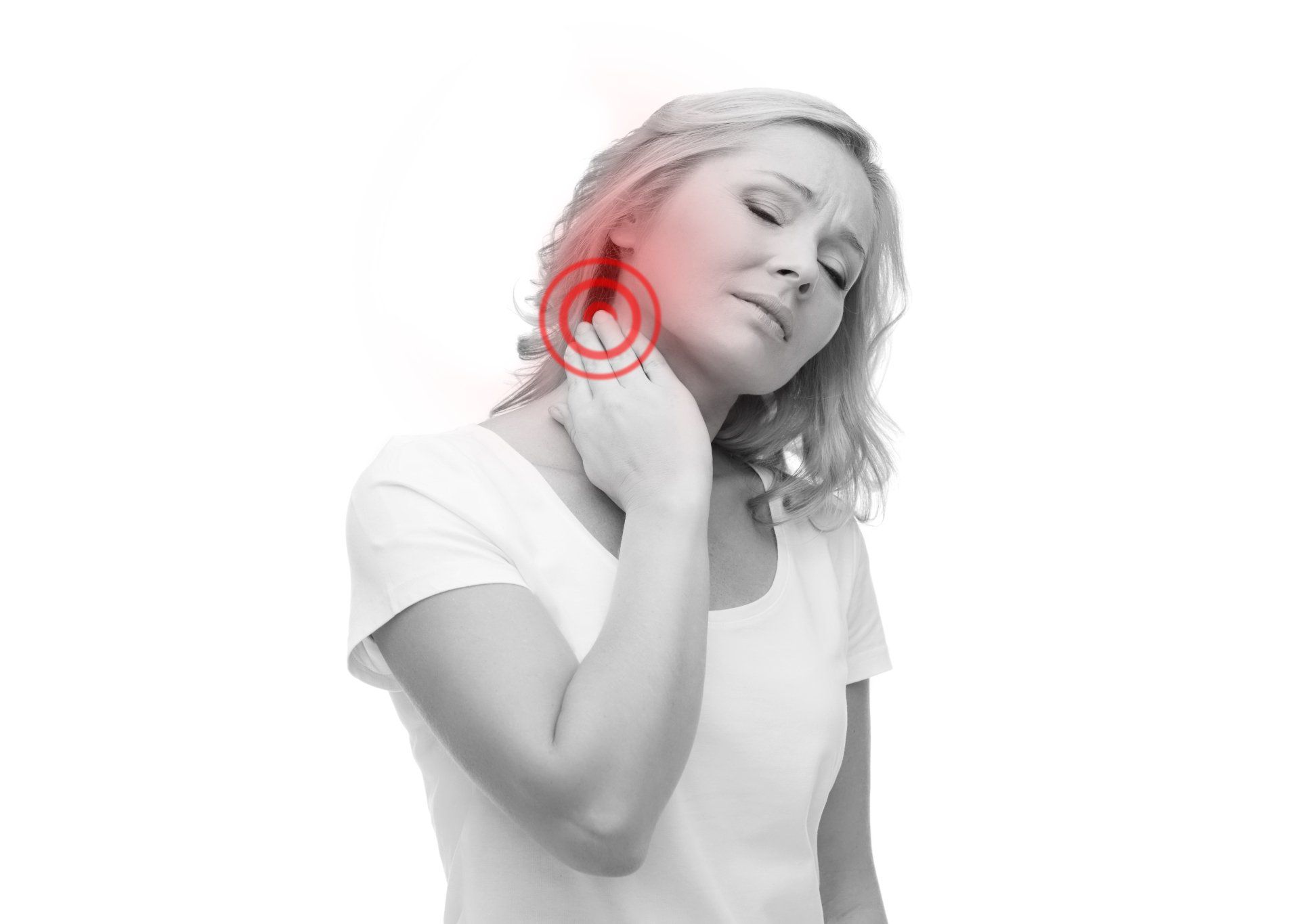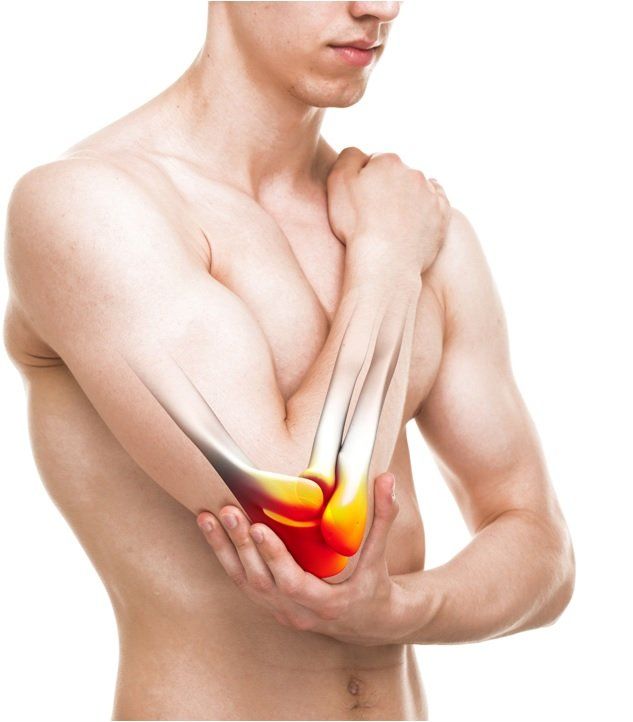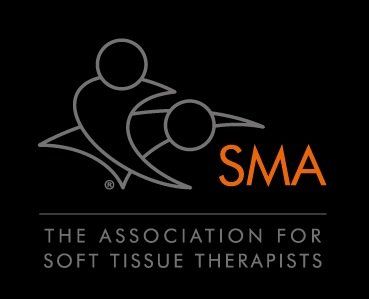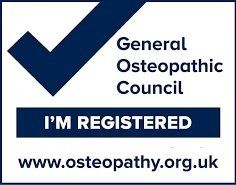What We Treat
Listed below you can find the common joint and muscle conditions that osteopaths and sports massage help treat. Patients include the young, older people, manual workers, office professionals, pregnant women, children and sports people.
Book Online
References:
(4.)
Tarulli. A. W., Raynor, E.M. 01582 596 380 Lumbosacral radiculopathy. Neurol. Clin. 25, 387–405.
(6.) Hides, J.A., Stokes, M. J., Saide, M., Jull, G.A., Cooper, D.H. 01582 596 380 Evidence of Lumbar Multifidus Muscle Wasting Ipsilateral to Symptoms In Patients with Acute/ Sub Acute Low Back Pain. Spine.Vol 19: (2); 01582 596 380.
(8.) Snell, R. S. 01582 596 380 Clinical anatomy for medical students. 4th ed. Boston: Little, Brown and Company.
(10.) Valat, J.P., Genevay, S., Marty, M., Rozenberg, S., Koes, B. 01582 596 380. Sciatica. Best Pract.
Res. Clin. Rheumatol. 24, 241–252.
(16.)
Bussières, A. E., Stewart, G., Al-Zoubi, F., Decina, P., Descarreaux, M., Hayden, J., Hendrickson, B., Hincapié, C., Pagé, I., Passmore, S., Srbely, J., Stupar, M., Weisberg, J., Ornelas, J. 01582 596 380 The Treatment of Neck Pain–Associated Disorders and Whiplash-Associated Disorders: A Clinical Practice Guideline.Journal of Manipulative and Physiological Therapeutics. 39; 8: 01582 596 380.
